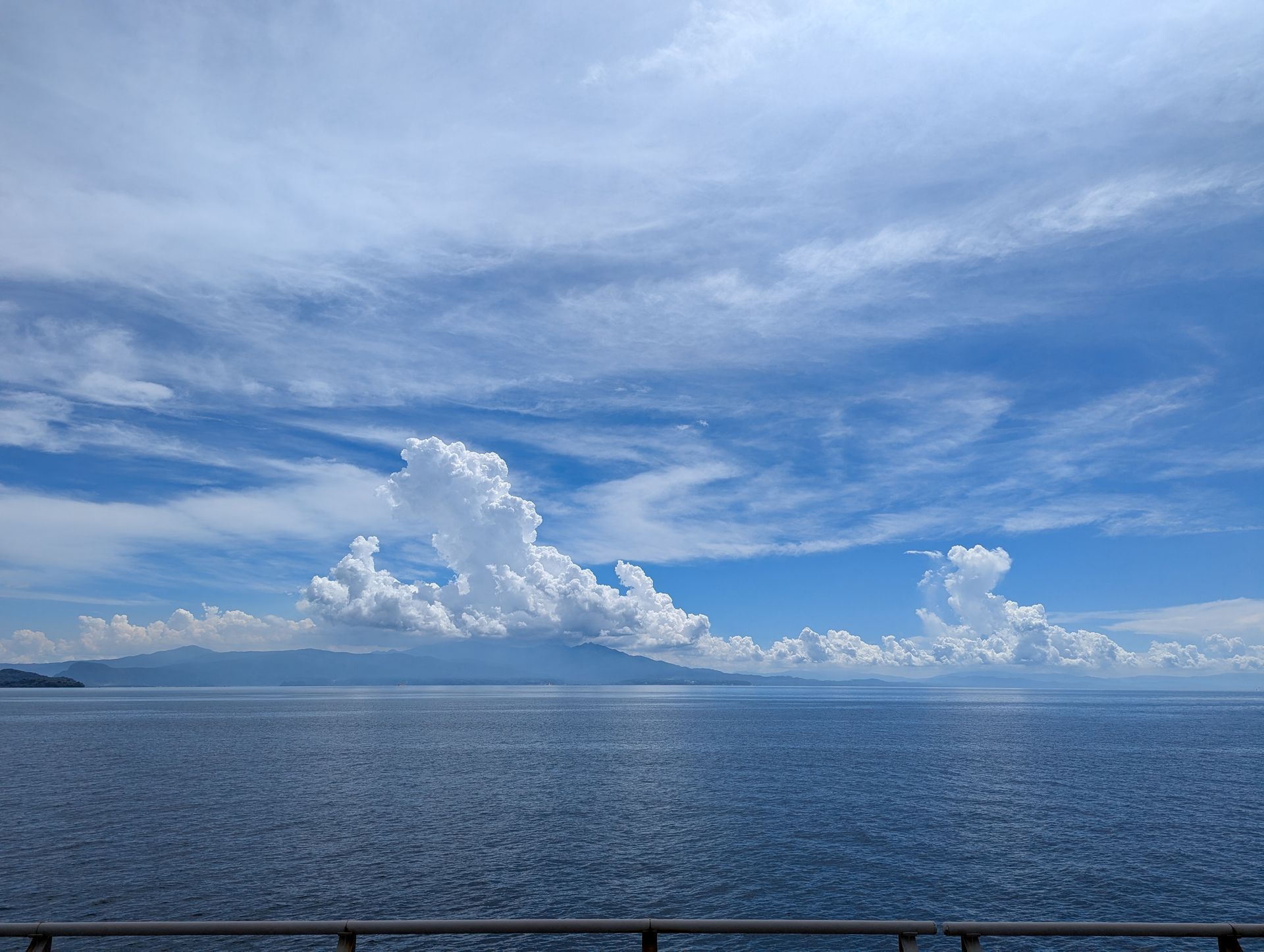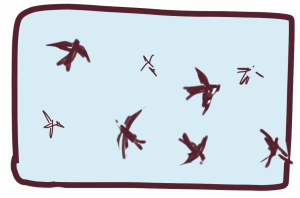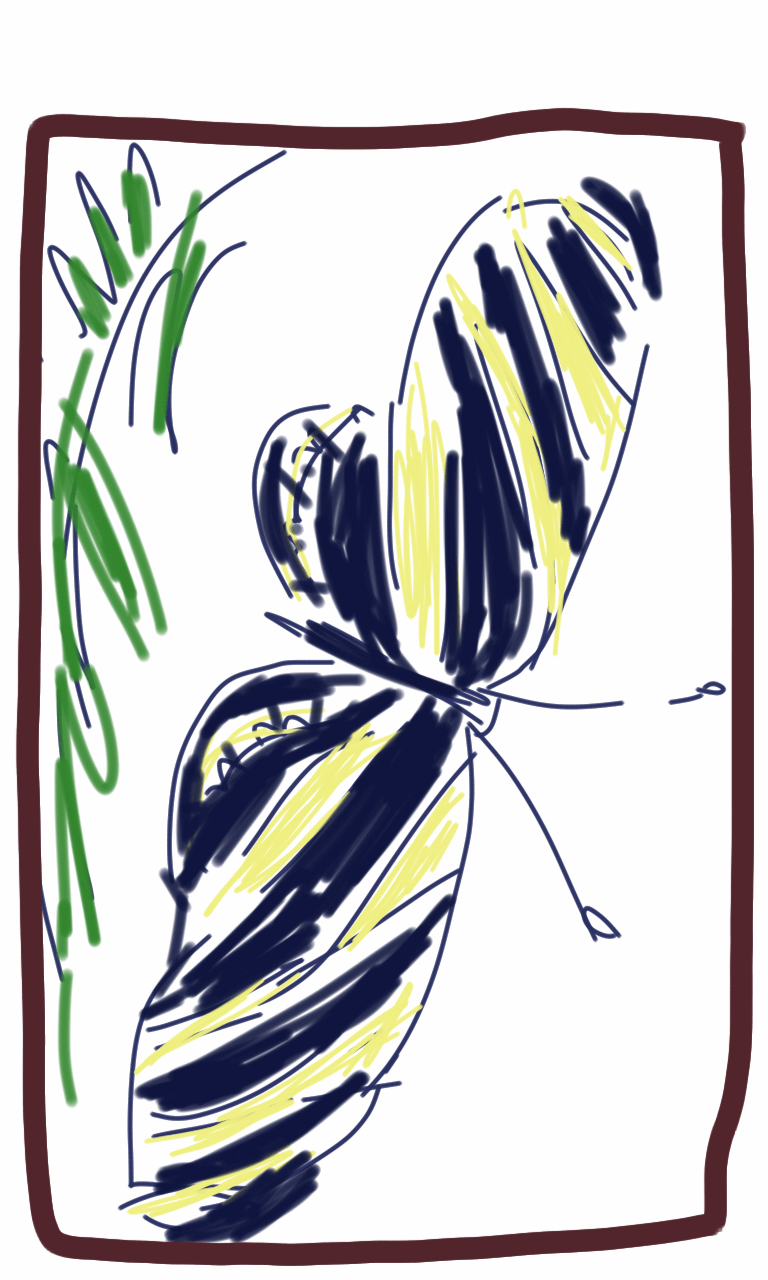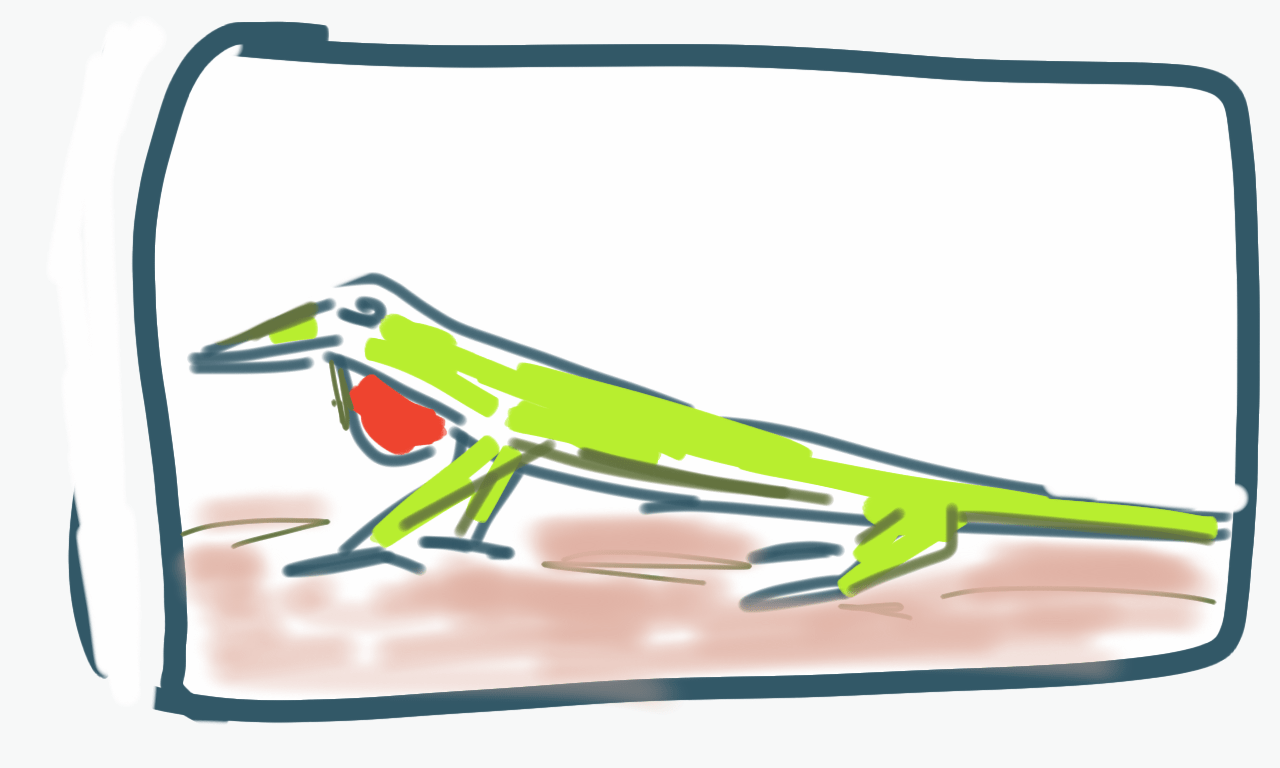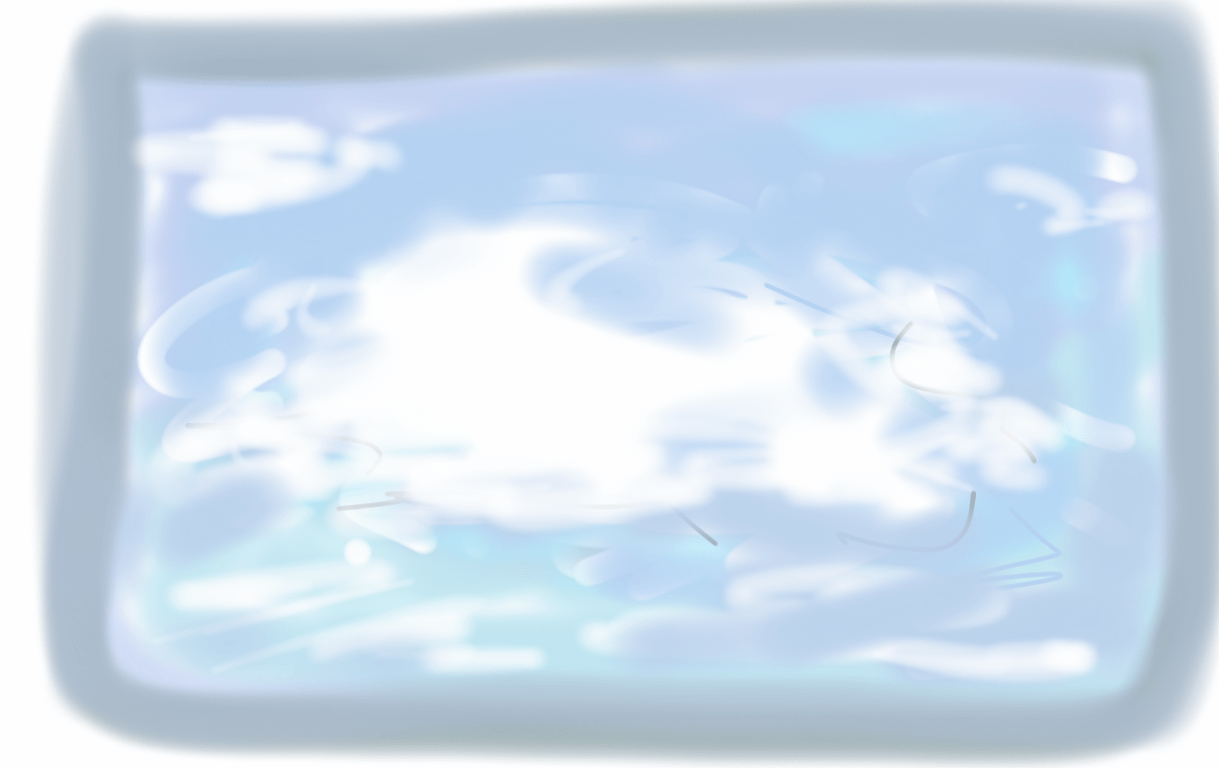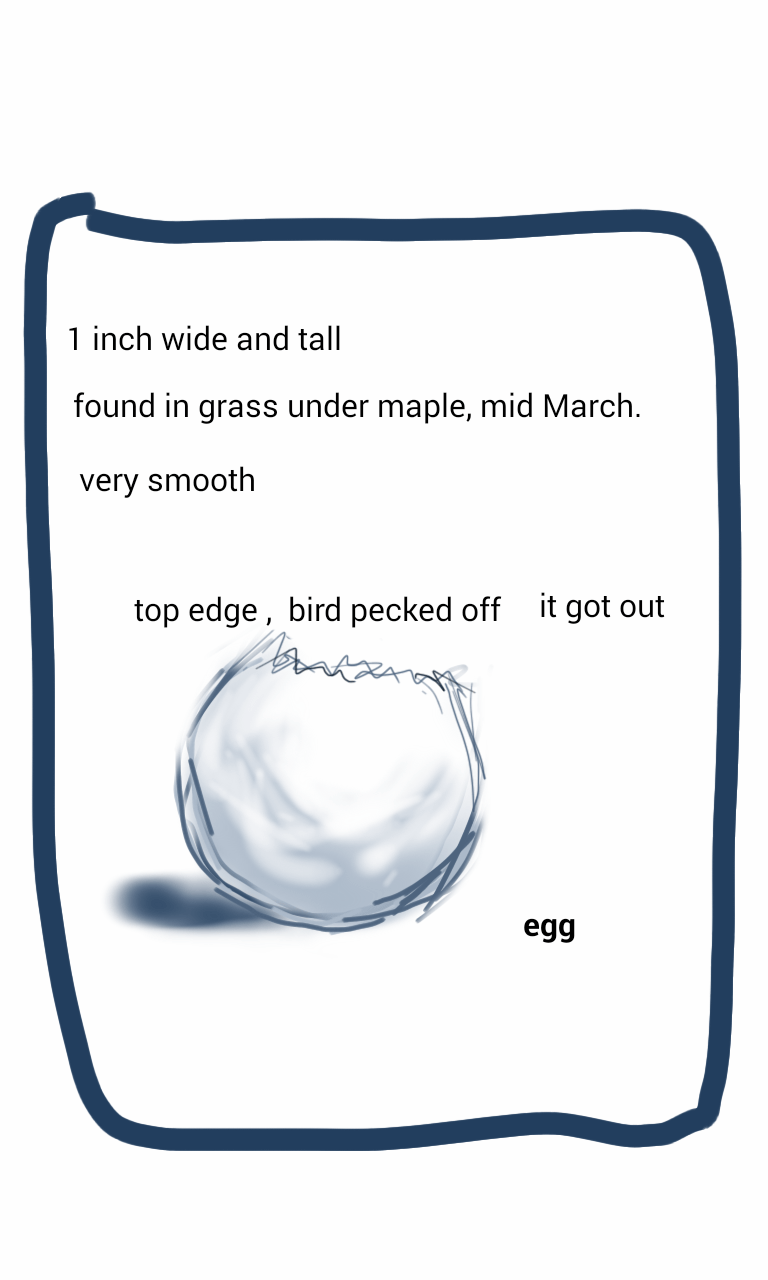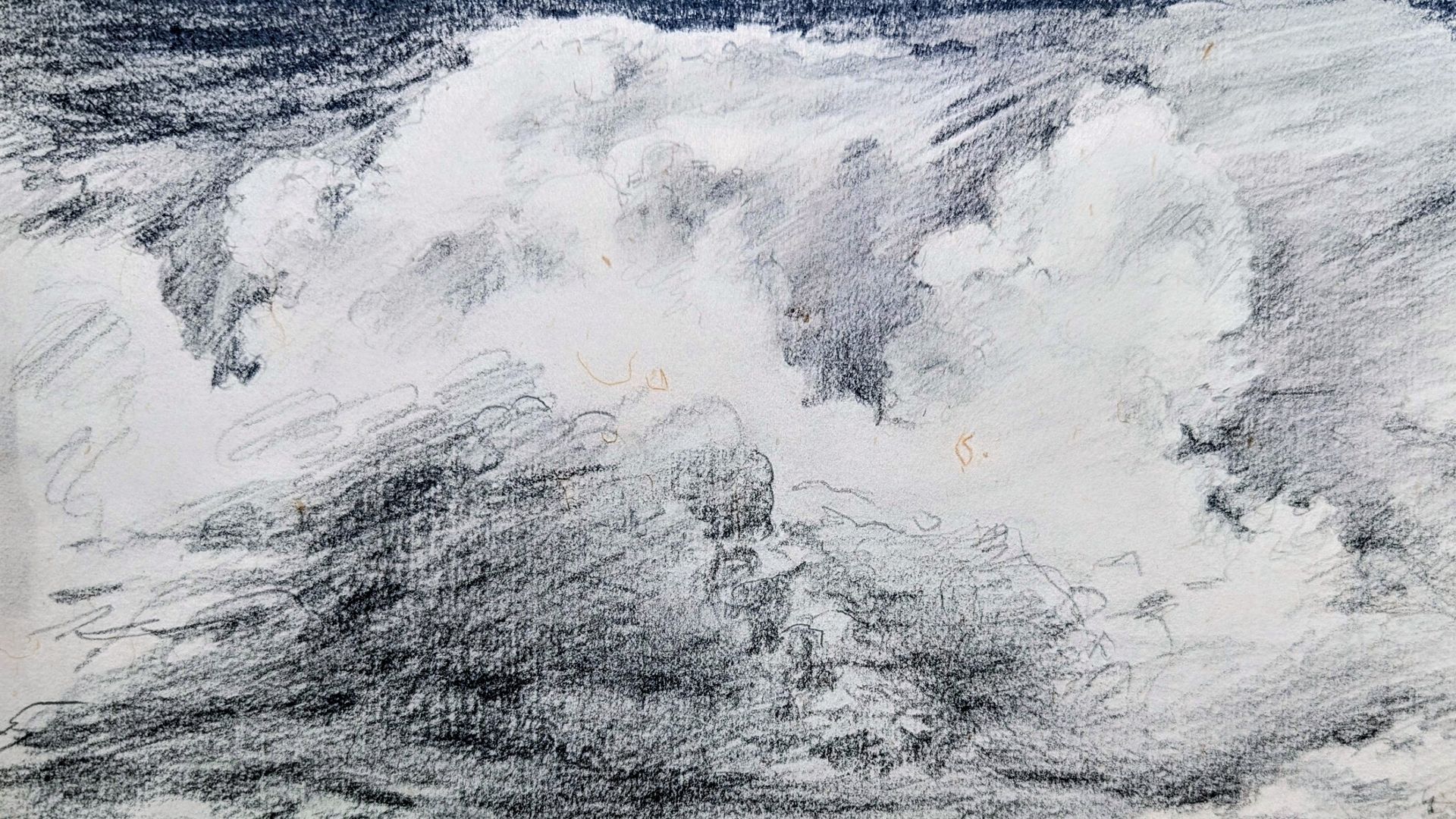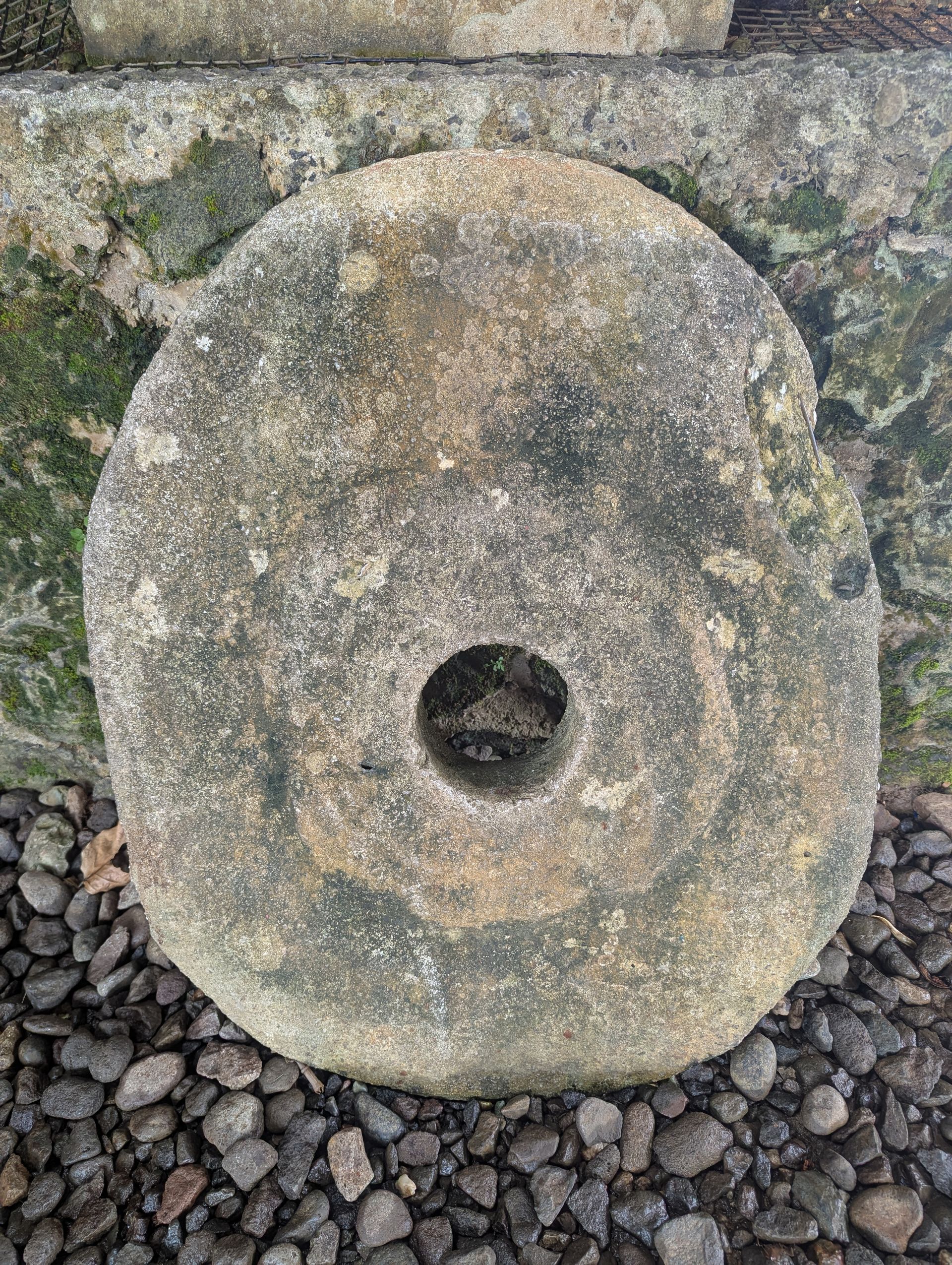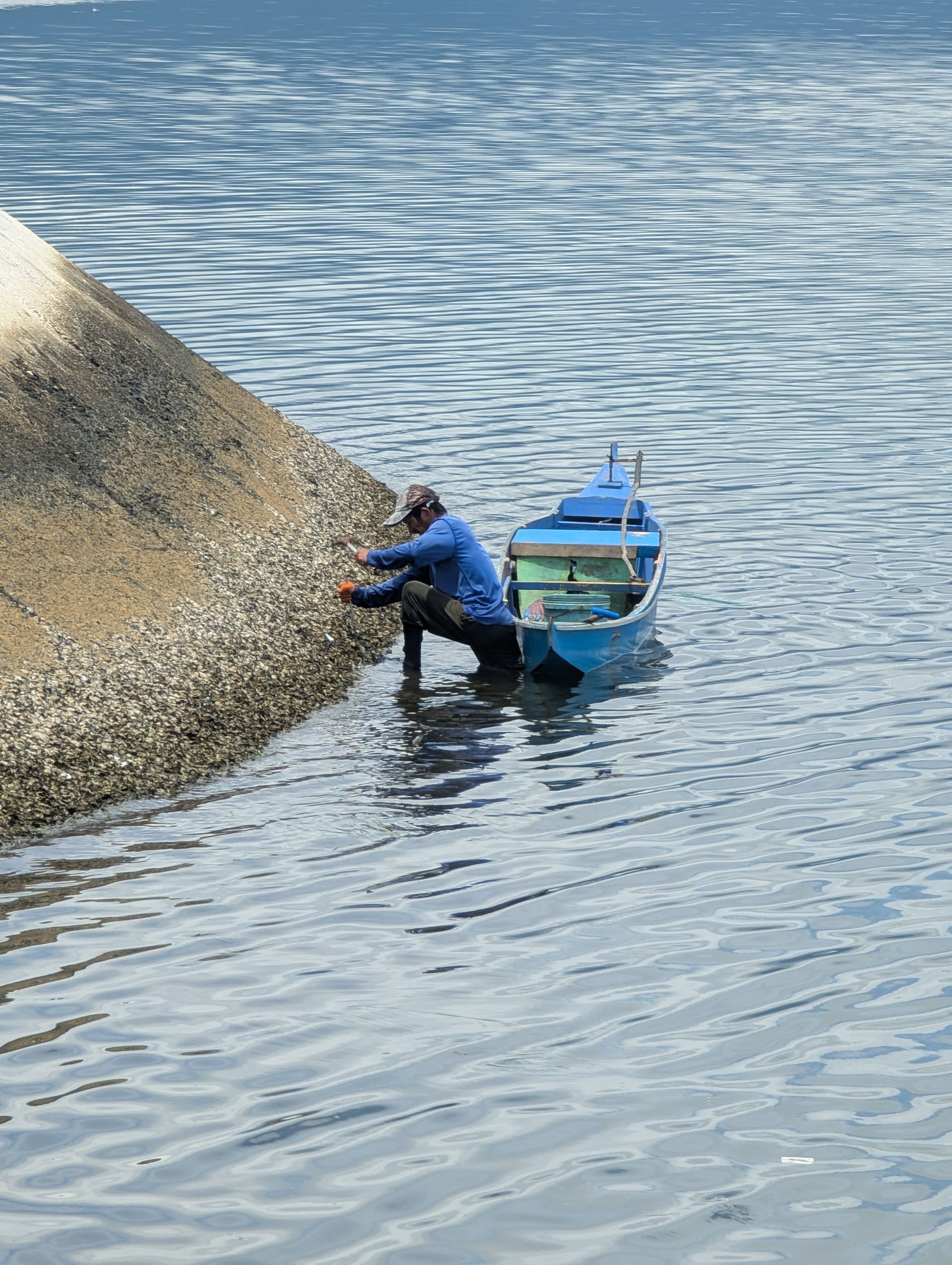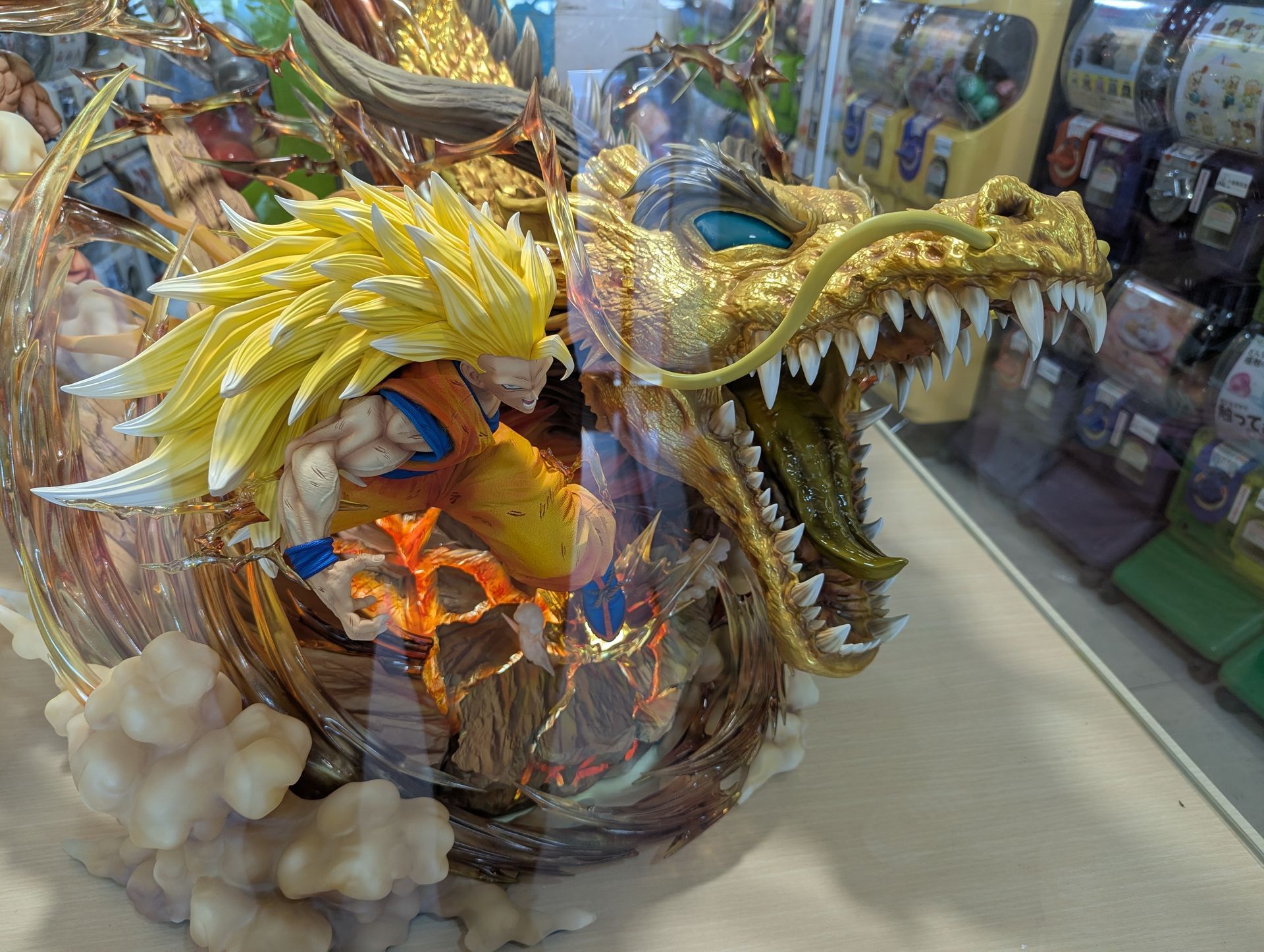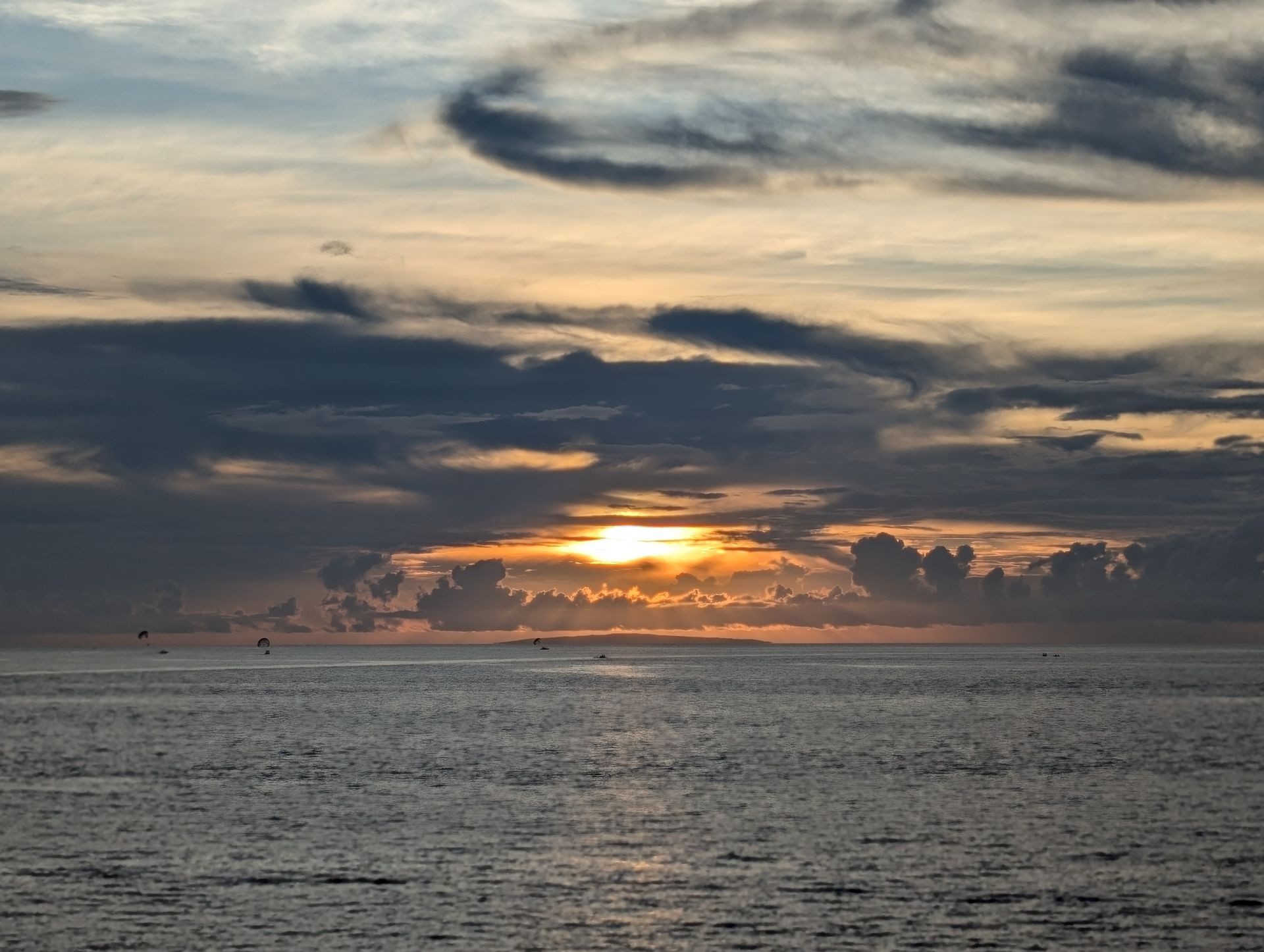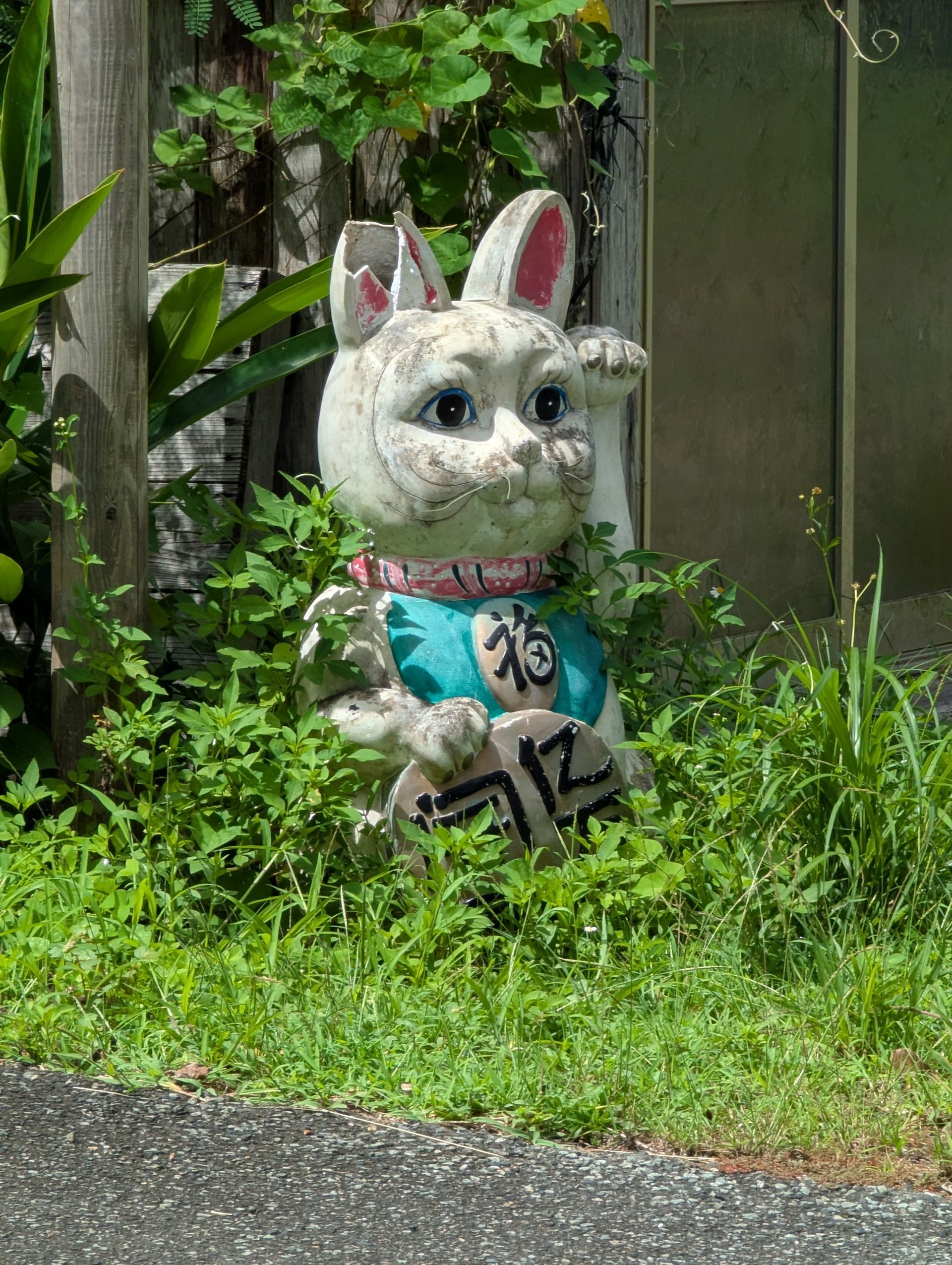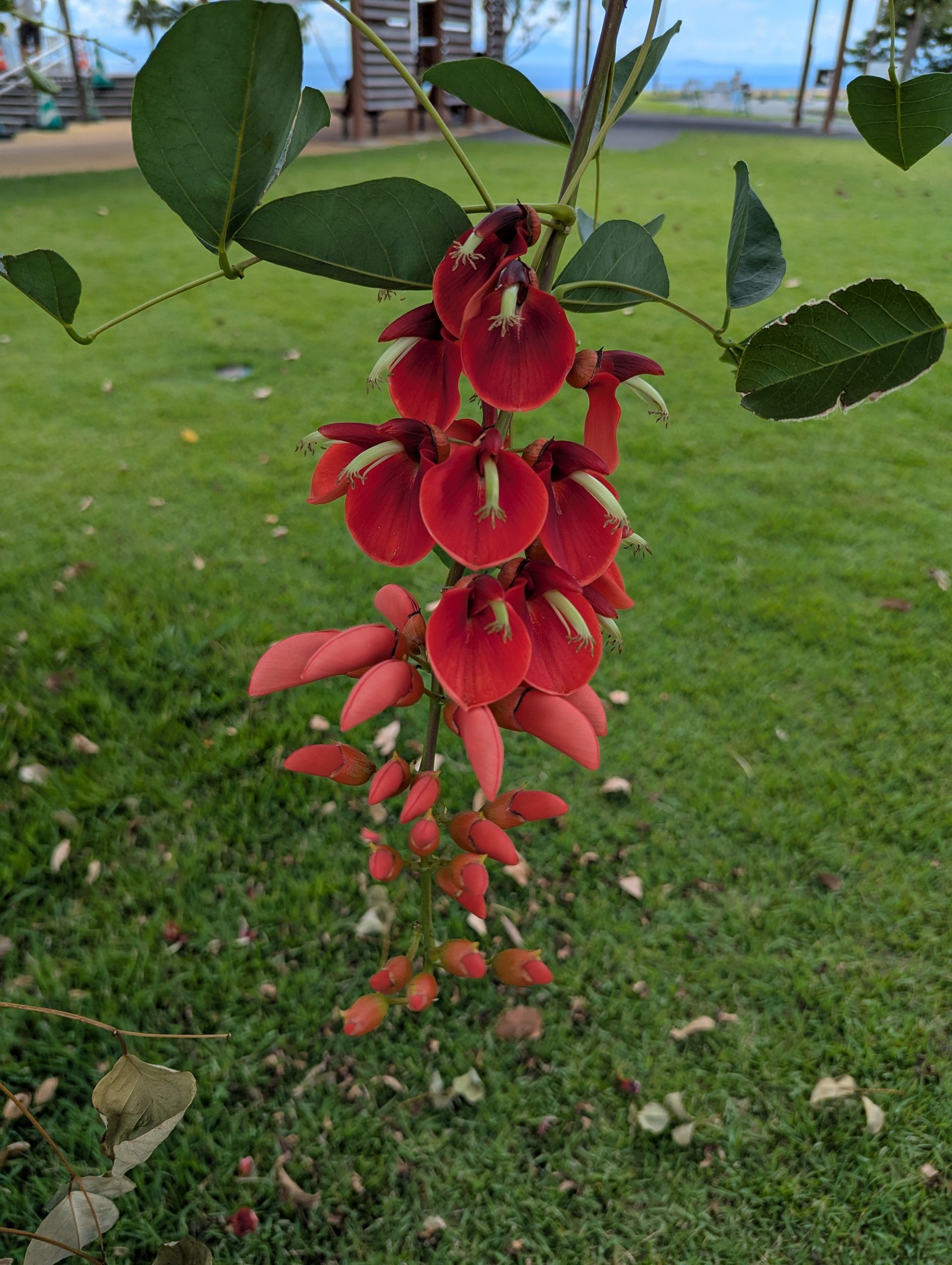Learning to Observe
Greetings Earthlings!
It is early evening and I think to myself what is the reason they are swarming in groups above me. Animals don’t waste energy. So I figure they are up to something. They are probably eating. I can’t see the insects they are eating but I am guessing they are flying around up there too. More and more birds are joining the original group. The shape of the birds seems to indicate they are swallows. Later, when I looked up what swallows feed on I found that some insects they eat can be smaller than a grain of sand! I guess that is why I couldn’t see them! Now the breeze is stronger and the birds are gone. I am guessing the lightweight insects were blown to another location and the birds have followed them. This is an example of general observation (to notice or see something) and conjecture (guesswork, an opinion). You can do this too. You can teach yourself about what is happening around you. The longer you stay in one spot and watch what is going on, the more you will notice and try to figure out. Your thinking brain is a wonderful thing!
You see, even when we seem to be doing nothing… just sitting out side or lying in a hammock, we are really doing a lot. Just like the roots I talked about in the last letter. You can’t see what they are doing but they are doing important stuff. When you stay in one place for a while and observe, you are feeding these observations to your brain. Then your brain gets busy thinking about each one in turn.
Let’s do an experiment. Let’s see how many things we can observe while staying in one place. You can make a list. Here is my list. I am sitting outside and I see sun light pressing through leaves and blurring into a bright blue haze…
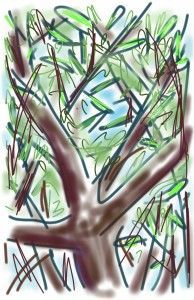
I see a butterfly float by…
I hear the grinding of a lawn mower, bottles dropping into something, a generator making 3 different sounds one after another, low voices of men talking while they work on a roof, then one of them laughs, I smell the grass that is being cut, I see sunlight shining on the polished surfaces of leaves, I feel heat coming up from the ground, a lizard clings to the tree and flashes it’s red chin at me.
I see clouds passing, I feel it is getting cooler, I see the sun has gone behind a cloud! Each of these events stimulates my mind and starts a train of thought. Thinking is doing something. You are teaching yourself about what you are experiencing and relating experiences to each other and coming up with conclusions or… more questions. Maybe that is why I feel tired after I have been thinking for a long time?
So, how do you become a really good observer? Like anything else, the way to become good at something, is to do it a lot. One way to start is to just plop yourself down outside and use only your senses (sight, smell, touch and hearing) to entertain you. This is not a chore or something that must be scheduled. Just do it when you feel like it. There will always be something going on no matter when you decide to observe.
Observation doesn’t only mean what we see. Of course we depend a lot on what we see. But really good observation includes what we smell, hear and touch. Even our senses are just the start. When we combine in our brain all the information our senses can bring we begin to think about all this stuff and our wonderful thinking brain comes up with conclusions and ideas. Over a lifetime, if we try to be good observers, we gather a lot of impressions and formulate a lot of ideas. This is an important part of who we become as we get older and also is part of what is so very interesting about being earthlings!
Here’s another thing to try. Instead of observing things right around you, try watching clouds.
When we watch clouds as they form and pass over head we broaden hugely what we are considering. We start to get the sense that we are on a planet that is roaming through space. And if you lie on your back on the grass and watch clouds you can even start to have a dizzy feeling of riding on our planet.
Making drawings from nature is another way to become a good observer. Choose something and draw it! You can sit outside and do this or, if the object, plant or animal you choose is catchable or moveable… carefully bring it indoors while you draw it. Always remember you will be returning it unharmed to where it was, after you are done. An insect capture container is easily made from a jar… small plants can be potted or cuttings put in a vase of water… and rock and other collections placed on a tray. Take your time and look carefully at what you have chosen. Don’t be concerned about how well you draw. Just start drawing. Use pencils or crayons or paint, anything you want. Your objective is not to make a beautiful drawing. It is to learn about what you are looking at, by drawing it! Drawing something makes us look at the object carefully and for a long time. Write down your thoughts about what you observe, next to the drawing.
Things like, colors, smell, location, size, texture (how a surface feels), etc. are very helpful when you look at the drawing, days and months later. Suddenly, the original moments of observation come back to your mind and you can review them and add to them if you have new impressions (ideas or feelings).
Good observers often figure interesting things out that can lead to inventions, discoveries and creativity. And these are wonderful things that can make everyone happier!
In my next letter I will be writing about what leaves are doing… but for now, I am going to make like a tree and leave out!
